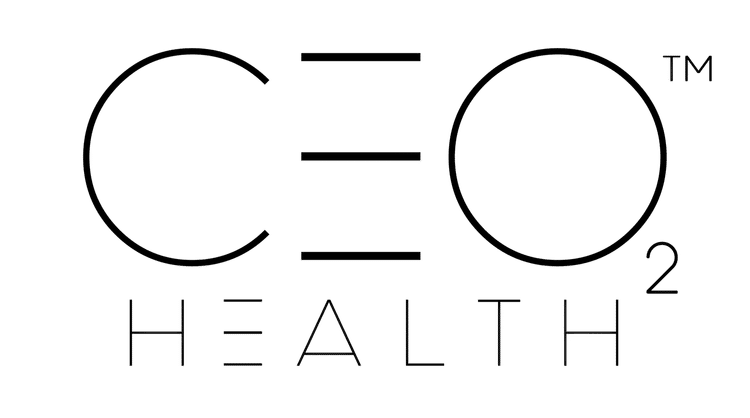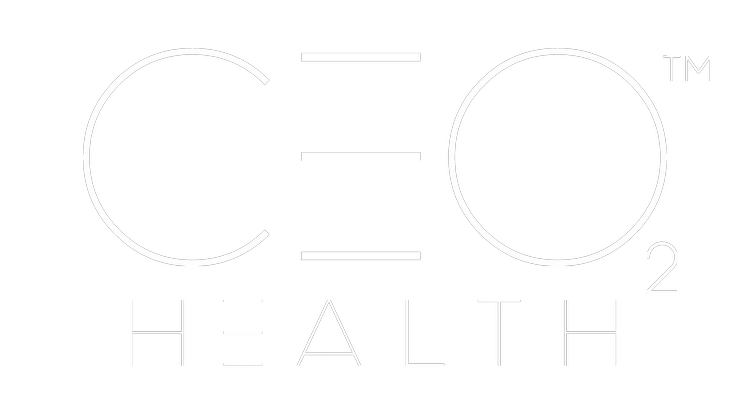
Hyperbaric Oxygen Therapy (HBOT) has become a cornerstone treatment for various medical conditions, particularly for wounds that are difficult to heal. By delivering 100% oxygen in a pressurized chamber, HBOT enhances the body’s natural healing processes, making it a highly effective option for chronic or non-healing wounds.
HBOT involves breathing pure oxygen in an environment where the air pressure is higher than normal, the increased pressure allows more oxygen to dissolve in the bloodstream and reach tissues that are often poorly oxygenated due to injury or illness. The therapy boosts cellular repair, stimulates tissue growth, and helps fight infection, all of which are crucial for wound healing.
How HBOT Promotes Wound Healing
- Increased Oxygen Delivery Oxygen is essential for wound healing, as it supports the regeneration of tissues and promotes the activity of cells responsible for repair, such as fibroblasts and keratinocytes. HBOT significantly increases the amount of oxygen reaching damaged tissues, even in areas with poor blood flow.
- Reduced Inflammation Chronic wounds are often accompanied by persistent inflammation, which can hinder healing. HBOT reduces inflammation by suppressing harmful inflammatory molecules and enhancing the activity of anti-inflammatory agents.
- Angiogenesis (New Blood Vessel Formation) One of the critical factors in wound healing is the formation of new blood vessels. HBOT stimulates angiogenesis, ensuring that the wound receives a steady supply of oxygen and nutrients needed for tissue repair.
- Enhanced Collagen Production Collagen is vital for rebuilding the structure of damaged skin and tissues. By increasing oxygen levels, HBOT enhances collagen synthesis, which helps close wounds and strengthens newly formed tissue.
- Infection Control Chronic wounds are often at risk of infection, which can delay healing. HBOT creates an oxygen-rich environment that inhibits the growth of anaerobic bacteria and boosts the effectiveness of white blood cells in fighting infection.
- Reduction of Edema (Swelling) Excess fluid around a wound can slow down the healing process. HBOT helps reduce edema by promoting better lymphatic drainage and improving circulation in the affected area.
Conditions That Benefit from HBOT for Wound Healing
HBOT is particularly beneficial for wounds that are resistant to standard treatments, including:
- Diabetic Foot Ulcers Diabetic patients often develop foot ulcers due to poor circulation and nerve damage. HBOT improves oxygen delivery to these areas, reducing the risk of infection and promoting faster healing.
- Radiation-Induced Wounds Radiation therapy for cancer can cause damage to surrounding healthy tissues, leading to chronic wounds. HBOT enhances tissue repair in these areas by restoring oxygen levels and promoting new blood vessel formation.
- Pressure Ulcers (Bedsores) Patients with limited mobility may develop pressure ulcers due to prolonged periods of immobility. HBOT accelerates healing by improving circulation and reducing inflammation in the affected tissues.
- Surgical WoundsComplications after surgery, such as poor healing or infections, can benefit from the enhanced repair capabilities provided by HBOT.
- Traumatic Injuries Severe wounds resulting from accidents or burns often require advanced healing support. HBOT helps these wounds recover by stimulating tissue regeneration and reducing scarring.
The Benefits of HBOT for Wound Healing
- Faster Recovery: By enhancing the body’s natural healing mechanisms, HBOT significantly reduces the time required for wound closure.
- Lower Risk of Amputation: For patients with severe conditions like diabetic foot ulcers, HBOT reduces the likelihood of requiring limb amputation.
- Improved Quality of Life: Chronic wounds can cause pain, discomfort, and emotional stress. HBOT helps patients regain mobility and confidence by resolving long-standing issues.
- Non-Invasive Treatment: Unlike surgical interventions, HBOT is a non-invasive therapy that complements other wound care treatments.
Potential Side Effects and Precautions
While HBOT is generally safe, some patients may experience mild side effects such as:
- Temporary ear discomfort due to pressure changes.
- Fatigue after sessions.
- Rarely, oxygen toxicity or vision changes with prolonged therapy.
Patients with certain medical conditions, such as untreated pneumothorax (collapsed lung), may not be suitable candidates for HBOT. It is essential to consult a healthcare provider to determine if the therapy is appropriate.
If you are interested in exploring the benefits of HBOT, visit CEO2 Health in Los Angeles or call (424) 202-1646 to start your journey toward enhanced recovery and wellness

